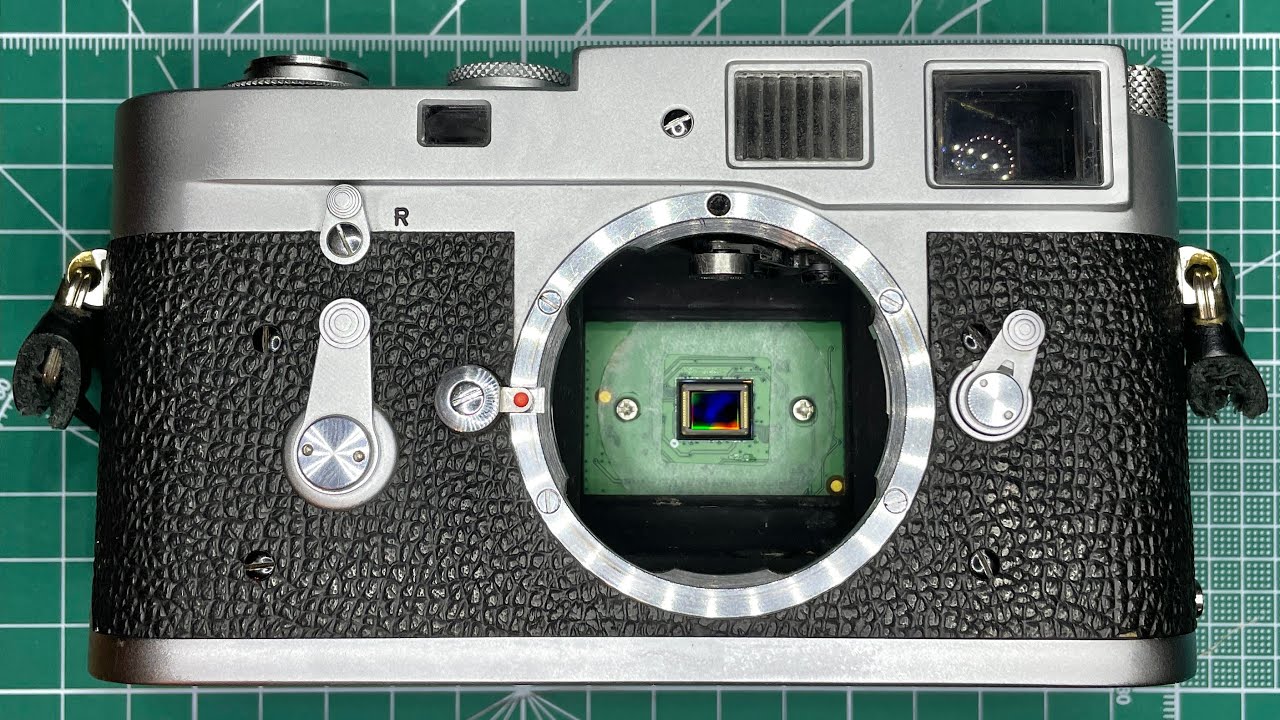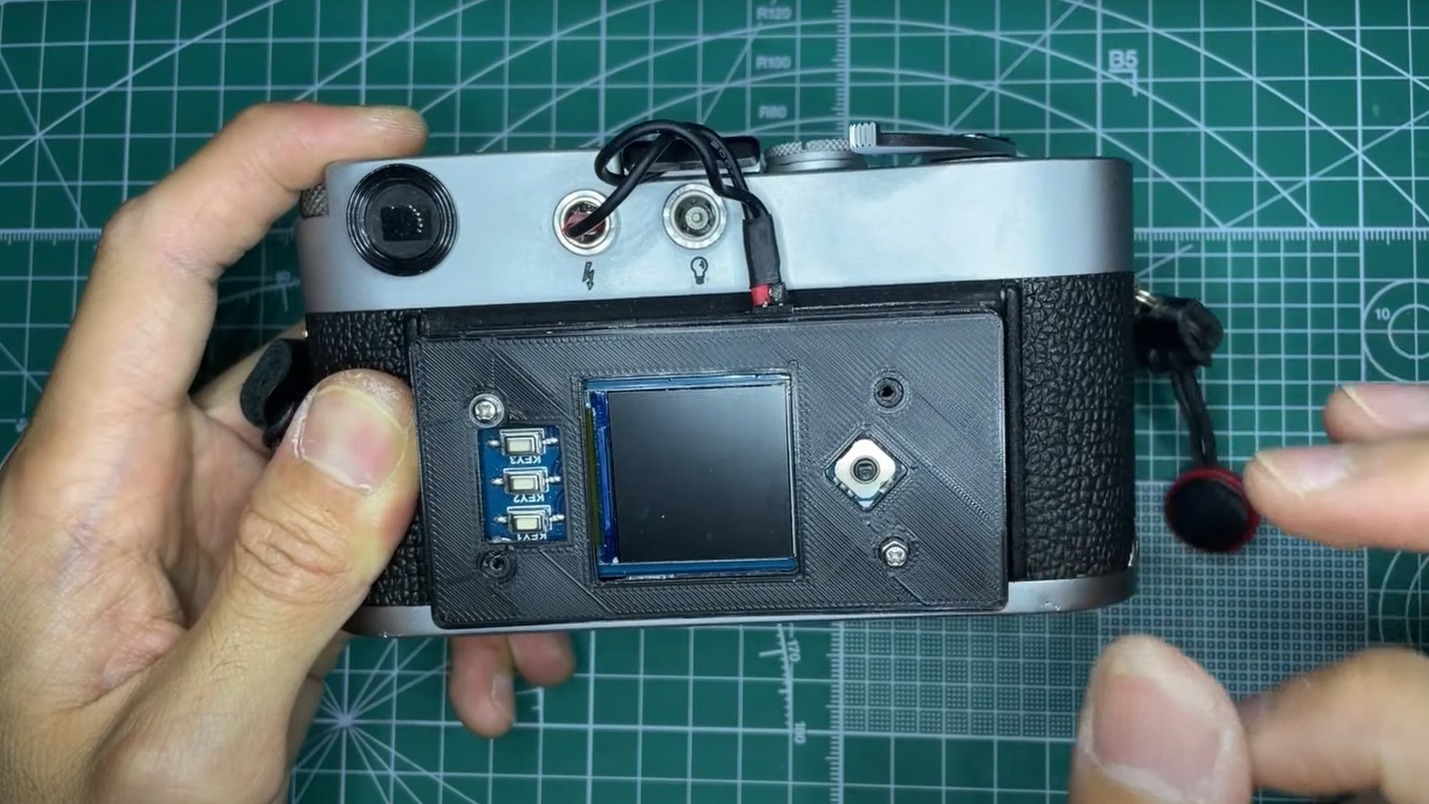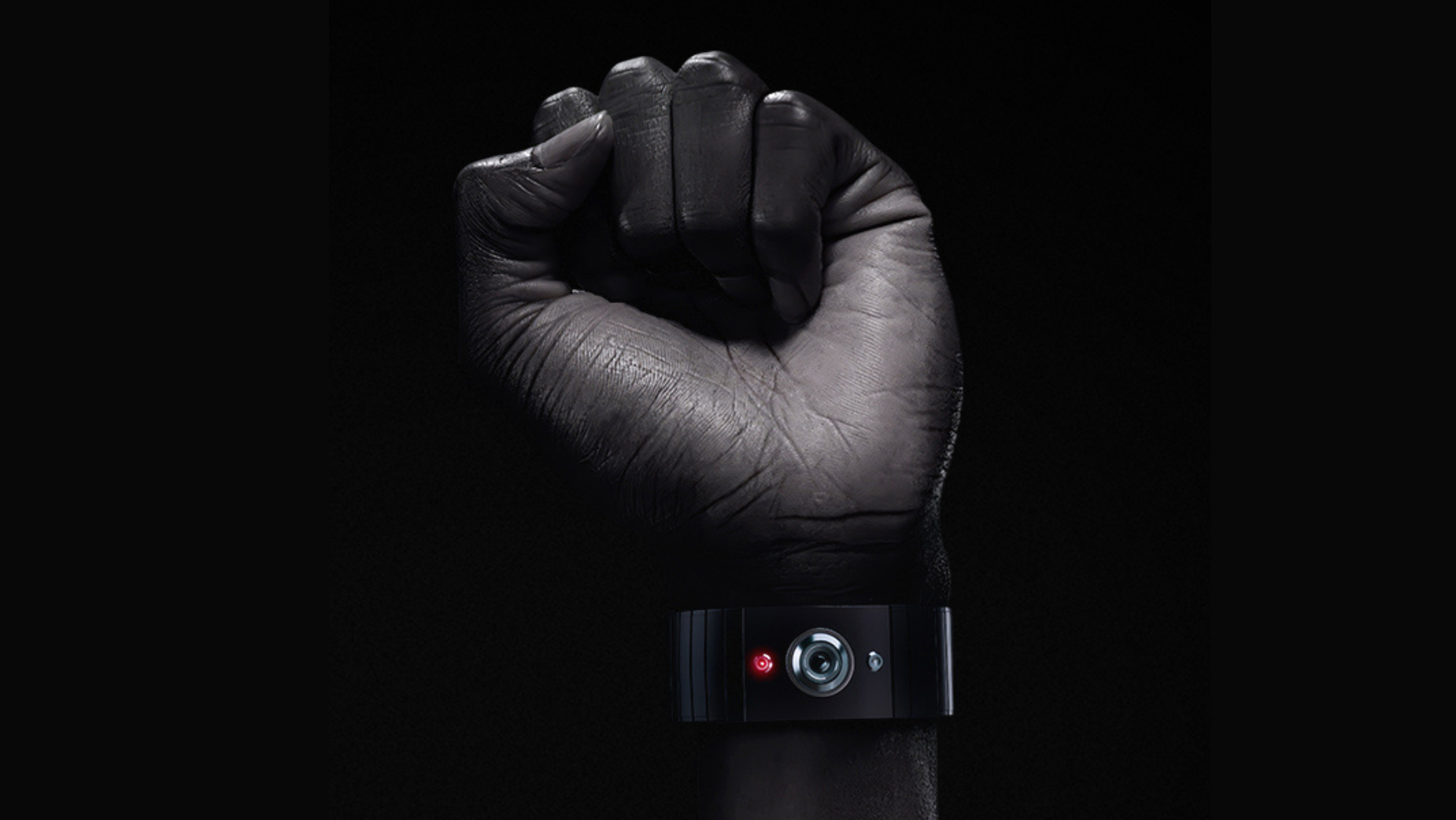Leica MPi - a Frankenstein creation to transform rangefinder film cameras
Could this be the return of digital camera backs for film cameras?

Have you ever thought it would be wonderful to use your vintage or new best Leica camera for your film photography, but also have the option to use it as a digital system too?
Well, Michael Suguitan a full-stack roboticist has single-handedly developed a way in which he can use his own Lecia M2 as both a film camera and a digital camera all in one - well, kinda!
This funky and modular system digital back is based on a Raspberry Pi Zero W microcomputer and a 12-megapixel 1/2.3” camera module. The "Leica MPi" preserves the key affordances of the base Leica M2 camera, specifically its rangefinder focusing and mechanical shutter. The system is non-destructive and the digital back even swaps in place of the existing film door and pressure plate, enabling reversibility within seconds.
Assuming component availability at MSRP, the total cost for this weird and wonderful invention is up to less than $100 USD /£100 GBP, or put it another way ~1% the cost of the newest digital Leica.
To see how Suguitan came up with the idea and put his thoughts into practice you can view the YouTube video below:
While this solution to a digital module for a film camera is nothing new, Kodak developed modified Nikon cameras for use by NASA, and Leica themselves came up with a modular solution for users on the popular R-series, namely the Leica R8 and the Leica R9.
This was considered an upgrade at the time for film shooters to transition to a digital workflow without having to completely "upgrade" their camera system - I like the old days sometimes...
Get the Digital Camera World Newsletter
The best camera deals, reviews, product advice, and unmissable photography news, direct to your inbox!
While this solution by Suguitan could be called 'primitive' it clearly shows that a digital system similar to the very expensive, and R-series exclusive digital camera back can be made at home for very little money, bringing new life into your film cameras, or offering an alternative within minutes when the light is not as its best?

I think this is a great solution, and while it might be a bit DIY for many, I can see a few of Leica film users trying this out, and as technology progresses you could - in theory, put in an 18, 20, or 30-megapixel sensor in the future.
Now with every prototype, there is always 'a catch' and that catch comes in the form of a 5x crop factor on this Leica MPi... so to get anywhere near a 50mm lens equivalent in 35mm you would need to use a 12mm lens... that's extremely wide for many robust brands such as Nikon and Canon, let alone more exclusive brands such as Leica. However, there are options out there, limited yes, but everything is possible. The question is are you going to give it a go with your Leica M2?
If this has been interesting you might want to check our review of the new Leica M-A, the perfect film camera companion. If you love Leica but are strictly a digital shooter you might be interested in the Leica M11 or Leica M11 Monochrom reviews, or if you prefer something smaller, but just as powerful, then I would recommend taking a look at the Leica Q2.

For nearly two decades Sebastian's work has been published internationally. Originally specializing in Equestrianism, his visuals have been used by the leading names in the equestrian industry such as The Fédération Equestre Internationale (FEI), The Jockey Club, Horse & Hound, and many more for various advertising campaigns, books, and pre/post-event highlights.
He is a Fellow of the Royal Society of Arts, holds a Foundation Degree in Equitation Science, and holds a Master of Arts in Publishing. He is a member of Nikon NPS and has been a Nikon user since his film days using a Nikon F5. He saw the digital transition with Nikon's D series cameras and is still, to this day, the youngest member to be elected into BEWA, the British Equestrian Writers' Association.
He is familiar with and shows great interest in 35mm, medium, and large-format photography, using products by Leica, Phase One, Hasselblad, Alpa, and Sinar. Sebastian has also used many cinema cameras from Sony, RED, ARRI, and everything in between. He now spends his spare time using his trusted Leica M-E or Leica M2, shooting Street/Documentary photography as he sees it, usually in Black and White.

